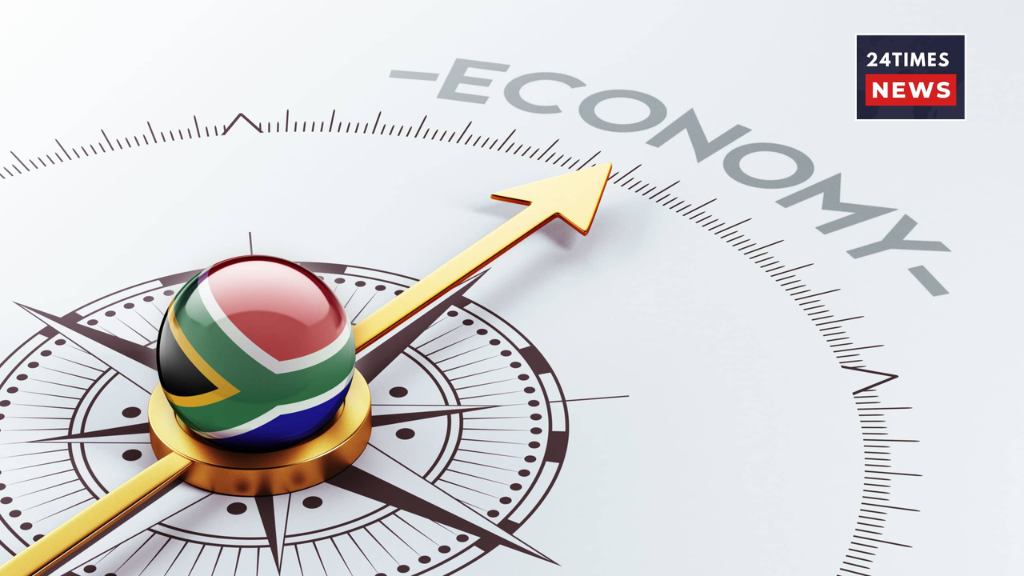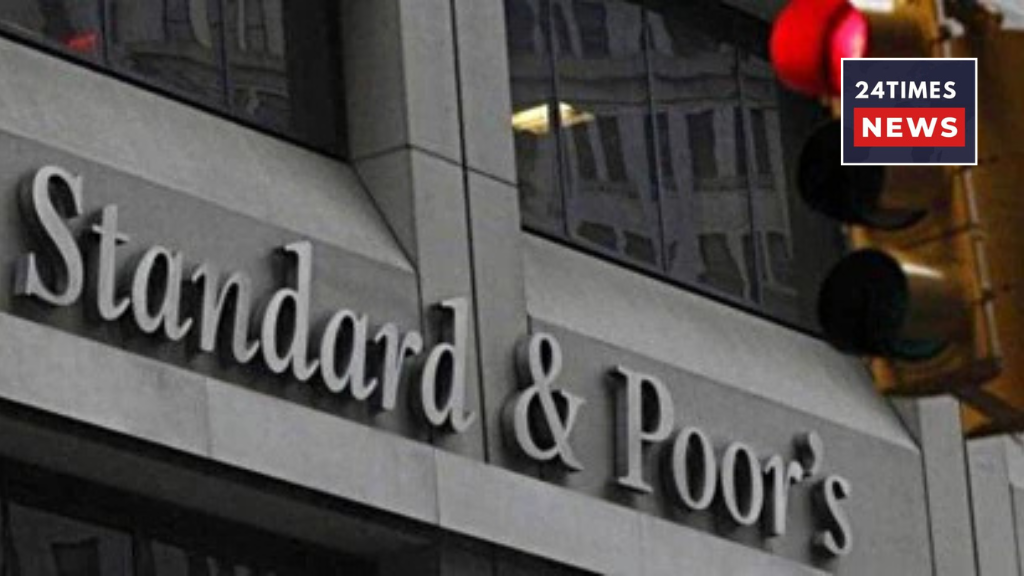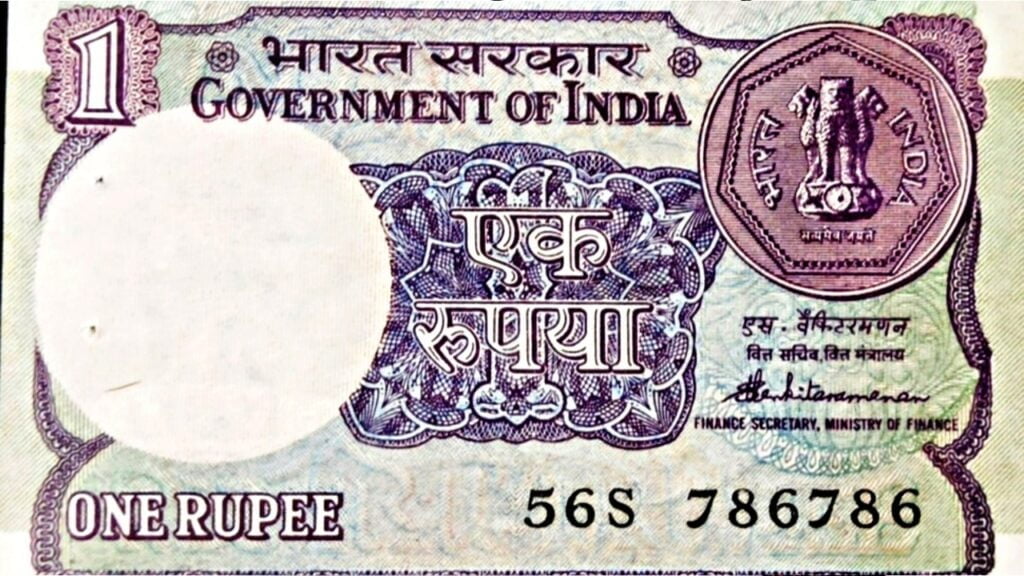S&P improved after 18 years
The action was taken more than a year after S&P upgraded India’s outlook from stable to positive in May 2024, citing strong growth and better spending quality. Additionally, the rating agency changed India’s transfer and convertibility grade from “BBB+” to “A-.”
India’s long-term unsolicited sovereign credit rating was raised from “BBB-” to “BBB” by the international credit rating firm S&P Global, which underlined the country’s strong economic resilience and ongoing fiscal discipline.

The prognosis is still solid, which is a big step forward for Asia’s third-largest economy as it negotiates trade obstacles and global uncertainty.
Global ratings firm S&P Global raised India’s sovereign credit rating from “BBB-” to “BBB” with a “Stable Outlook,” marking a major turning point for the nation’s economy. Since January 2007, this is the first improvement of this kind. Additionally, the short-term grade was raised from “A-3” to “A-2.”
The decision, according to S&P, is a reflection of India’s persistent efforts at fiscal reduction, its steadfast focus on infrastructure development, and its strong political commitment to sustainable public finances.
Growth is assisting in reducing the debt-to-GDP ratio in spite of fiscal deficits. Around 60% of GDP comes from domestic consumption, which continues to be a vital buffer against global volatility such as US tariffs and changes in the sources of energy imports.

S&P came to the conclusion that India’s rating is supported by a strong external balance sheet, a dynamic economy, and democratic institutions that guarantee stability and predictability in the formulation of public policy.
India’s historically bad fiscal position is getting better, according to S&P. By FY29, the general government deficit is expected to have decreased from 7.3% of GDP in FY26 to 6.6%. The reallocation of spending towards capital expenditure, which is expected to reach Rs 11.2 trillion (3.1 percent of GDP) in FY26, compared to 2% ten years ago, is a significant factor in this success. When state spending is taken into account, public infrastructure investment equals or exceeds peers at roughly 5.5% of GDP.





